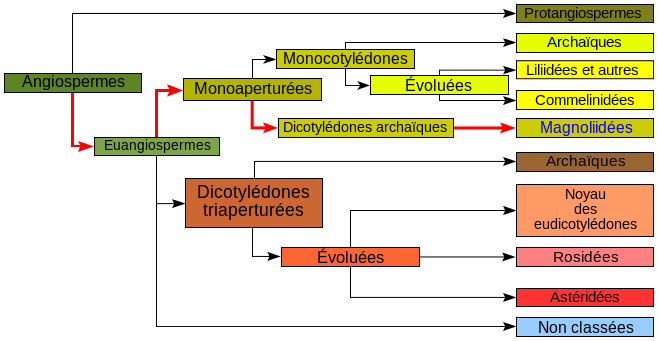Classification
Domain: Eukarya
Kingdom: Plantae
Class: Magnoliopsida
Order: Fabales
Family: Fabaceae
Genus: Mimosa
Species: Mimosa pudica
Mimosa pudica is a eukaryote (in the domain
Eukarya). This means that its cells have nuclei and other
membrane-bound organelles. This includes a very diverse set of
organisms, including not only plants like the Mimosa pudica,
but also animals such as the
small
mouth bass and fungi such as the
orange peel fungus!
The fact that it is in the kingdom Plantae means that it is
multicellular and has chloroplasts. Chloroplasts enable plants
to photosynthesize.
The fact that it is in the phylum Anthophyta means that it
produces flowers. This phylum includes plants such as the
kiwi,
the
lowbush blueberry, and the
yellow ladyslipper orchid.
The fact that it is in the class Magnoliopsida means that it is
a dicot. Dicots are plants whose seeds have two cotyledons.
Another Magnoliopsida that you might know is
poison ivy.
The fact that it is in the order Fabales means that it has
compound leaves.
The fact that it is in the family Fabaceae. This means that it
is a legume. A legume is a plant that has root nodules.
The genus Mimosa means that it can move in response to
stimuli.
Mimosa pudica as a species name roughly translates to
“bashful mimic” from Greek and Latin. Mimosa means mimic in
Greek and pudica means bashful in Latin (Ombrello).
You can learn more about Mimosa pudica's cool features on the Adaptations page.
